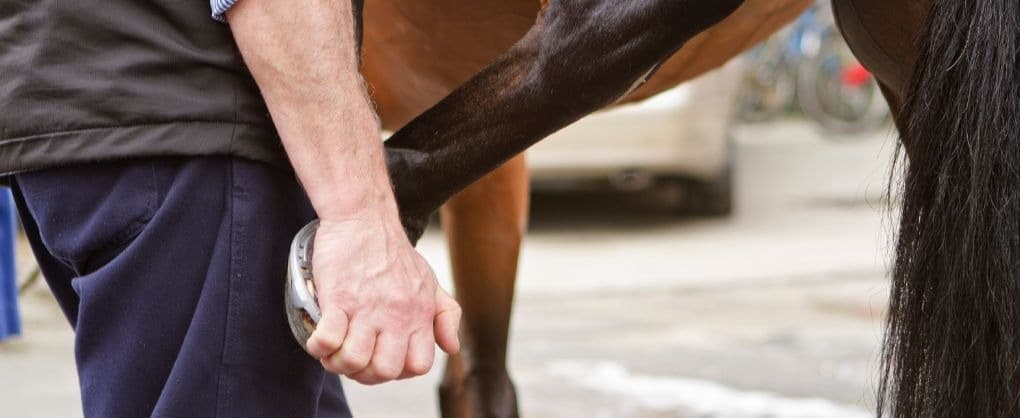The sale and purchase of horses is often a stressful operation for both parties.
Horses being live athletic animals cannot be guaranteed in the manner of motor vehicles. Like machines the body is subject to stresses and wear and tear but unlike a car there is no facility for easy repairs. The phrase “caveat emptor” may well have been coined for equine transactions and for this reason purchasers are well advised to have a pre purchase examination or “vetting” carried out.
It must be stressed that examination for purchase is perhaps the most subjective of all veterinary procedures, as the attending veterinary surgeon is, in essence being asked to assess a horse on the day of examination and make an educated guess as to how that horse will perform in the future; usually with a new rider and in new surroundings. Over the years many new diagnostic tools have become available and it is not unusual for the purchaser to request their use as extras to the pre purchase examination. For this reason the RCVS/BEVA certificate of examination for purchase is continually evolving. The certificate recognises that the attending veterinary surgeon is giving his or her opinion based on the balance of probabilities, which by definition could be 51:49 in favour. The opinion given on the certificate specifically does not pass or fail a horse and the veterinary surgeon does not specifically recommend purchase. The decision to buy a horse rests solely with the prospective purchaser.
The certificate does specifically draw the attention to the issue of Insurance and advises that should the prospective owner wish to insure the horse that the certificate and any accompanying radiographs or reports of additional procedures should be submitted to the Insurance Company for review by their veterinary surgeon prior to purchase taking place. The role of the Insurance Company’s veterinary advisor is to assess the potential risk for Underwriters. Any abnormality or deviation from the normal will carry additional risk and Underwriters will exclude that abnormality based on veterinary advice. This does not mean that the findings are of any clinical significance rather that they are outside the range of “normal”. It is perfectly feasible that a veterinary surgeon will note findings on pre purchase examination which he or she feels are not clinically significant and therefore do not prejudice the animals use, yet when in the role of Veterinary Advisor to Underwriters may advise an exclusion on the policy for the same abnormality in another animal.
In recent years pre purchase radiographs have become the norm, particularly in the sports horse market. These animals are by nature more expensive and the purchaser may feel that they help guarantee the investment. For higher value animals to be insured for permanent loss of use Underwriters will invariably require specific xrays before accepting the risk. The financial risk to underwriters of this type of claim is obviously far higher than for horses insured for veterinary fees where a maximum is payable or indeed for mortality cover only which only pays on death or euthanasia in extreme circumstances. For this reason PLOU insurance attracts a higher premium.
Just like the clinical examination the review of the radiographs is a subjective opinion. The examining veterinary surgeon will consider any changes in light of his/her clinical examination. He/she must give their opinion of the likelihood of any changes affecting the horse’s future use, based on the balance of probabilities. The Underwriters veterinary advisor will review them with view to the future risk. When considering the risk for permanent loss of use it would be usual to apply extra scrutiny as there are numerous orthopaedic conditions which may render the horse incapable of working at its previous level; (for which a claim would be paid at market value), as opposed to a claim for vets fees where the amount paid out would be far less. KBIS require radiographs of the front feet and hocks for PLOU cover where the horse is valued at £10-19,999 and front feet, hocks and front fetlocks in horses valued at £20,000 and above. However any radiographs taken at the time of any pre purchase examination are considered part of the examination and should be provided to the Insurance Company before purchasing the horse should the prospective owner wish to insure the horse. They will then be aware of the cover that Underwriters are prepared to offer and can make the decision whether to purchase should any exclusions be added.

